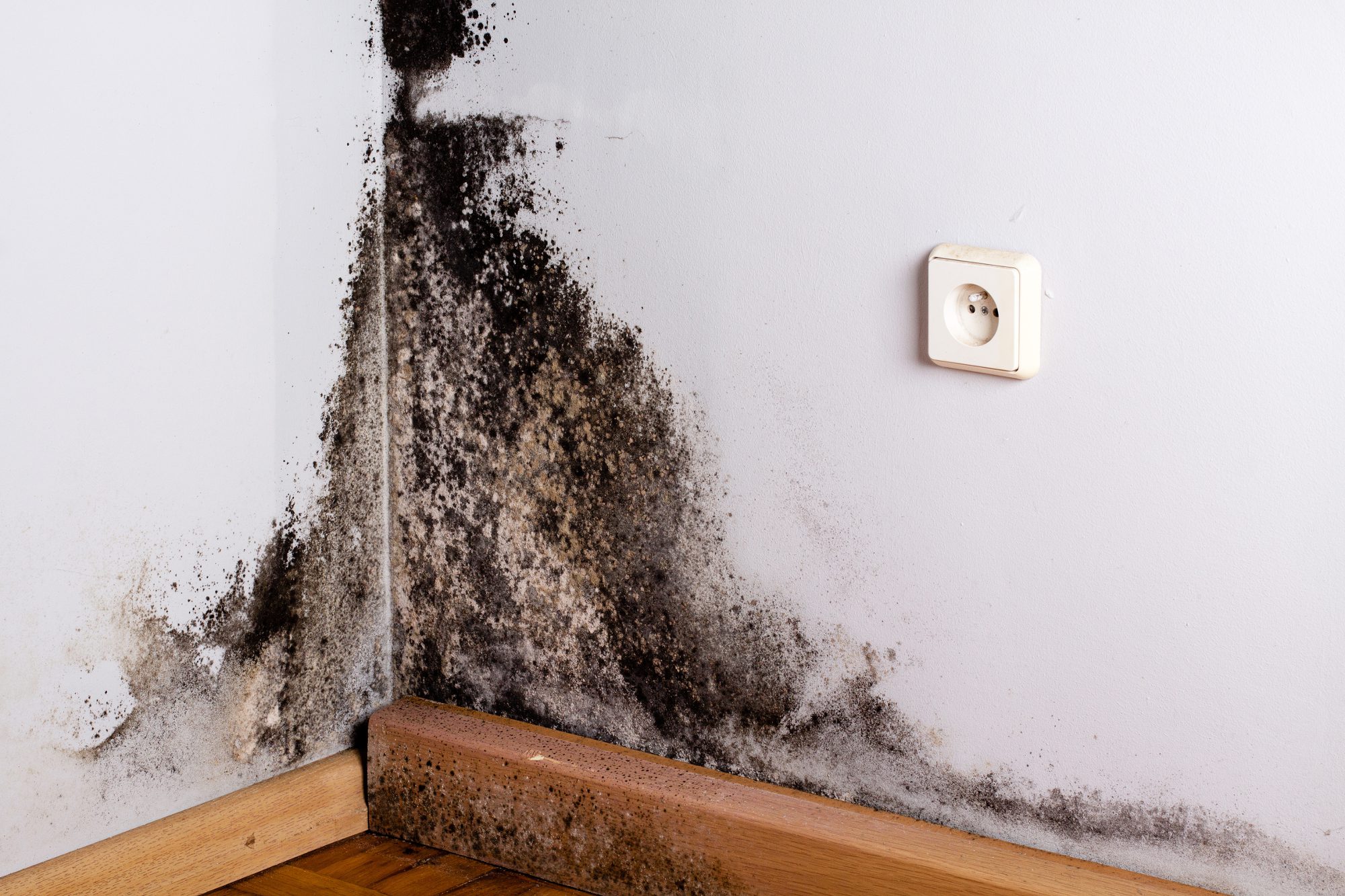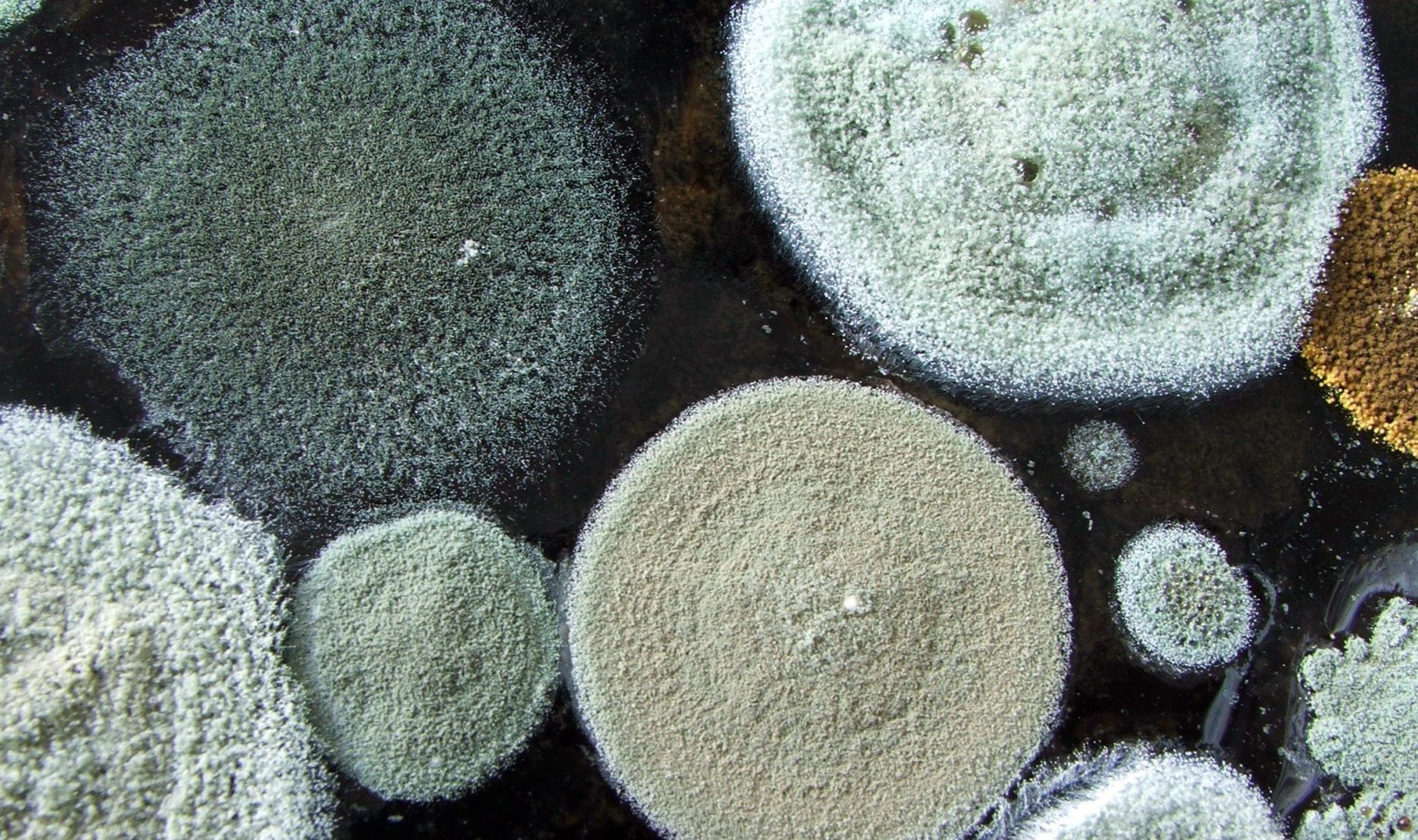Mold remediation is a crucial process in restoring indoor environments affected by mold growth. Given the health risks associated with mold exposure, using the right protective gear, particularly respirators, is vital for safety during these projects. In this article, we will explore the importance of respirators in mold remediation, how to choose the right one, and best practices for proper use.
The Importance of Respirators in Mold Remediation

Mold can produce allergens, irritants, and mycotoxins that pose significant health risks. According to the Environmental Protection Agency (EPA), exposure to mold can lead to respiratory issues, skin irritation, and in severe cases, neurological conditions. Thus, wearing a respirator is essential for anyone involved in mold remediation. Here are some key reasons why:
- Protection Against Inhalation: Respirators filter out harmful spores and particles, minimizing the risk of inhalation.
- Reduction of Allergic Reactions: For individuals with asthma or mold allergies, proper respiratory protection is critical.
- Compliance with Regulations: Many states require the use of respirators during mold remediation to adhere to safety regulations.
Choosing the Right Respirator

Not all respirators are created equal. Selecting the appropriate type for mold remediation is crucial. Here are the primary types of respirators used in mold remediation:
- Half-Face Respirators: These cover the nose and mouth and are equipped with replaceable filters. They provide adequate protection for low-level exposure.
- Full-Face Respirators: These provide a higher level of protection by covering the entire face, including the eyes. They are ideal for more severe mold infestations.
- N95 Respirators: These are disposable masks that filter out 95% of airborne particles. While suitable for minor mold clean-up, they may not be sufficient for larger projects.
- P100 Respirators: These offer higher filtration efficiency and are recommended for heavy mold exposure.
When selecting a respirator, also consider the following factors:
- Fit: Ensure the respirator fits snugly to avoid leakage. A proper fit test is essential.
- Comfort: Choose a model that allows for comfortable wear during extended periods.
- Maintenance: Opt for a respirator that is easy to clean and maintain.
Preparing for Mold Remediation

Before starting any mold remediation project, proper preparation is essential. Here are steps to take:
- Assess the Area: Identify the extent of the mold problem. A visual inspection and moisture meter can help determine affected areas.
- Gather Supplies: Collect necessary equipment, including the chosen respirator, gloves, goggles, and mold removal products.
- Seal Off the Area: Use plastic sheeting to contain the mold spores and prevent cross-contamination to unaffected areas.
Proper Use of Respirators

Using a respirator effectively involves more than just putting it on. Follow these best practices:
1. Perform a Seal Check

Before entering the contaminated area, conduct a seal check to ensure the respirator fits properly:
- For Half-Face Respirators: Place your hands over the respirator and breathe in. If the mask collapses slightly, you have a good seal.
- For Full-Face Respirators: Follow the same procedure but ensure that the seal covers all edges of the facepiece.
2. Wear Correctly

Ensure the respirator is worn correctly throughout the remediation process:
- Adjust Straps: Make sure the straps are secure but not too tight, which can cause discomfort.
- Avoid Facial Hair: Facial hair can prevent a proper seal, so it’s advisable to shave if using a half or full-face respirator.
3. Monitor Your Comfort
While working, pay attention to your comfort levels:
- Take Breaks: If you feel uncomfortable or fatigued, take breaks in a safe area with clean air.
- Check for Damage: Regularly inspect the respirator for any signs of wear or damage.
After the Mold Remediation Process
Once the remediation project is complete, proper care and disposal of your respirator are essential:
- Cleaning: Reusable respirators should be cleaned according to manufacturer instructions. This typically involves using soap and water.
- Disposal: Disposable respirators should be discarded after use, especially if they have been exposed to high levels of mold spores.
Case Studies and Statistics
Understanding the risks associated with mold exposure can be highlighted through case studies and statistics. A study from the American College of Occupational and Environmental Medicine found that over 30% of workers involved in mold remediation reported respiratory symptoms. This underscores the importance of using respirators correctly.
Additionally, a report by the CDC indicates that homes with visible mold are 4 times more likely to have respiratory issues among inhabitants. This reinforces the necessity of proper protective equipment during remediation efforts.
Mold remediation is a critical task that requires careful planning and safety measures. Using a respirator properly is vital to protecting your health during these projects. By understanding the importance of respirators, selecting the right type, preparing adequately, and following best practices for use, you can significantly reduce your risk of mold-related health issues. Remember, safety should always be your priority when dealing with mold. Proper education and preparation can lead to successful remediation efforts while safeguarding your well-being.

